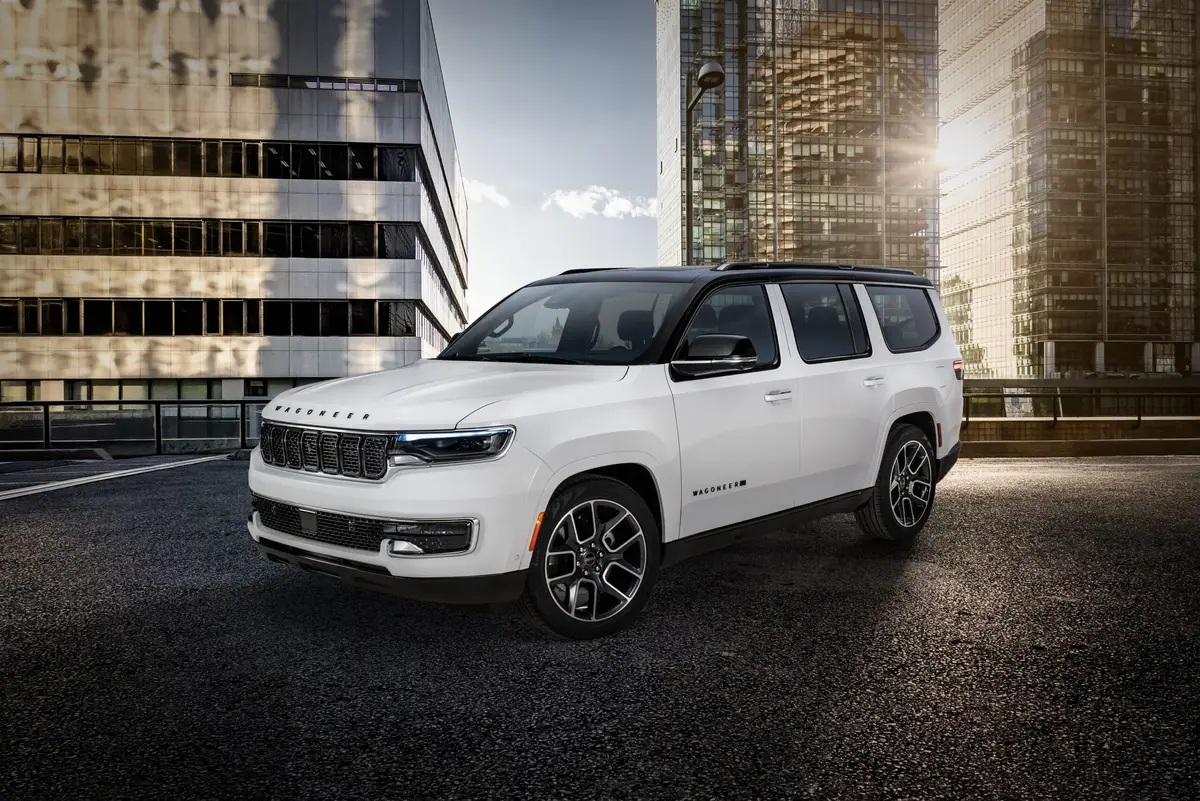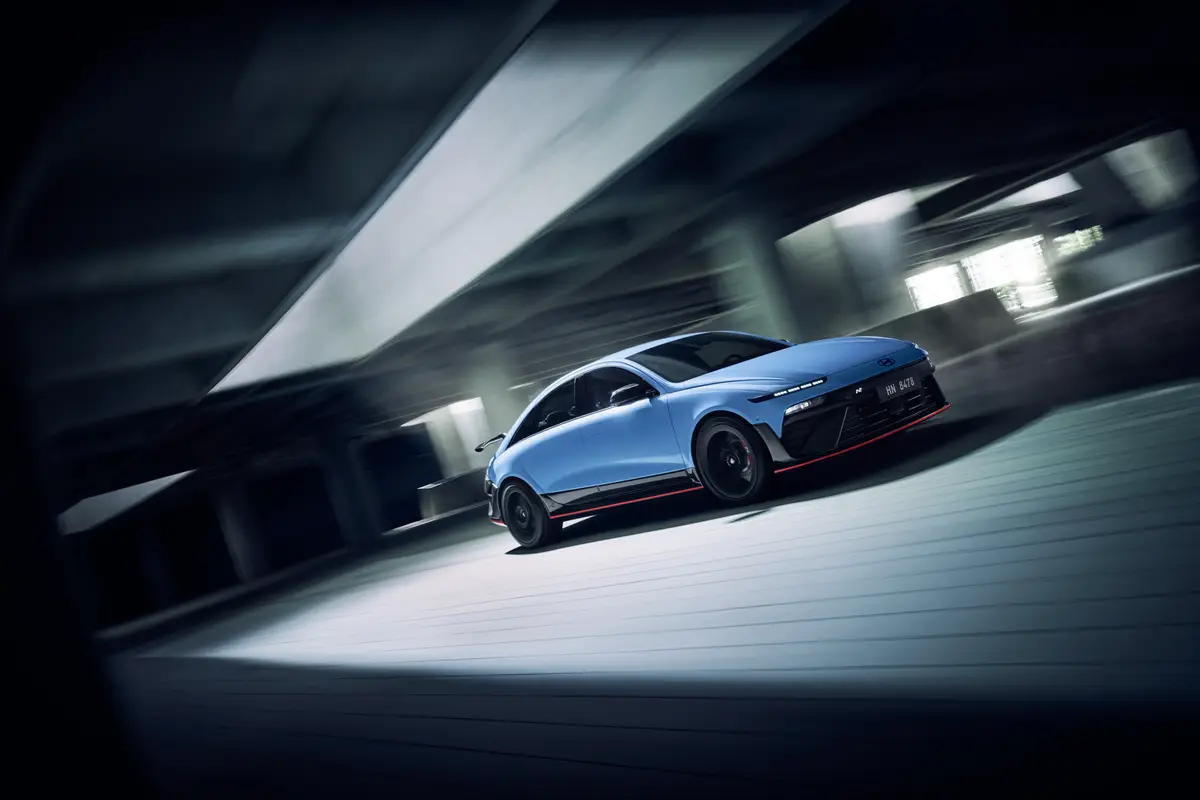The Morning Call and Mcall.com's view
Mention Honda Civic and the inevitable response is usually, “My sister just bought one.”
Don’t say that to “tuners,” who take the Civic and spend thousands customizing them with aftermarket goodies. But with the Ford Focus overtaking the Civic in sales as well as in the hearts of the aftermarket, the time has come for a new Civic.
Enter the 2001 Honda Civic line, with the usual upgrades in space and performance. It comes as a sedan or coupe. The three-door hatchback has been dropped. While the coupe and sedan share about 70 percent of their parts, only 22 percent of the sheetmetal is shared.
For the seventh-generation Civic, Honda decided that increased space was the top priority. So, in a move that has caused controversy among Honda’s hot-rod constituency, Honda has taken its sophisticated double-wishbone front suspension and replaced it with a simpler, and less expensive, MacPherson strut suspension.
Most drivers won’t notice the difference, but the rodders will.
Off-setting this is a bump in engine power, thanks to a bigger engine — 1.7-liters vs. the old engine’s 1.6 liters. DX and LX models jump from 106 horsepower to 115 horsepower. Torque rises from 103 pound-feet to 110 pound-feet. Tonier EX models get a bump in torque to 114 pound-feet from 107. Horsepower remains unchanged at 127.
Performance is good, whether the power is fed through the standard 5-speed manual or optional 4-speed automatic. (A CVT or continuously variable transmission is standard on the HX.)
Power is strong enough to get the job done with enough refinement to please the hedonist or enthusiast. The engine has a pleasant note as power builds, and engine noise is well-subdued, although some road noise filters through.
Although hard-core enthusiasts will mourn the loss of the double-wishbone front suspension, most drivers will enjoy the more refined ride. It’s not Corolla soft; the Civic still enjoys sportier handling than its main Japanese rival. The Civic is very tossable. Body rigidity has been stiffened and it definitely pays dividends here. The handling is still not as sharp as the Ford Focus, as the emphasis is on greater ride comfort.
Braking is good, despite the front disc/rear drum set-up. Anti-lock is only available on the top-of-the-line EX. Front air-bags are standard, with side airbags available as an option. Other safety items include an engine-immobilizing theft-deterrent system.
Inside, the Civic’s emphasis on refinement continues, with improved material quality and refined design.
A larger instrument cluster makes the gauges easier to read. Three simple, stacked rotary-style climate controls are easy to reach and operate. Ditto the audio system to the right of them. A large open bin provides storage just beneath it.
The seats were comfy and supportive. The test vehicle’s coupe design still seemed easy to get in and out of, without the usual sitting on the ground feeling that plagues most Honda’s.
Interior room is impressive, and true to Honda’s heritage, this doesn’t feel like a penalty box. Material quality, while obviously not expensive, didn’t reek of cheapness. Rear seat room was typical of a coupe, but better than one might expect.
The interior proved to be impressively quiet as well, with only road noise being noticeable, along with some engine noise.
The Honda audio system, an AM/FM/cassette stereo, had good sound quality.
The only down side proved to be minor details. There’s only one rear coat hook, not two. More annoying was locking and unlocking doors. While a simple twist of the key locked both doors, the key only unlocked the driver’s door. The passenger’s door had to be unlocked with the door mounted power lock button, rather than a second twist of the key.
But overall, this is a satisfying small car package, that should ensure Hond s continuing reign as one of the supreme makers of small cars.
Anyone’s sister should like it.
Latest news



